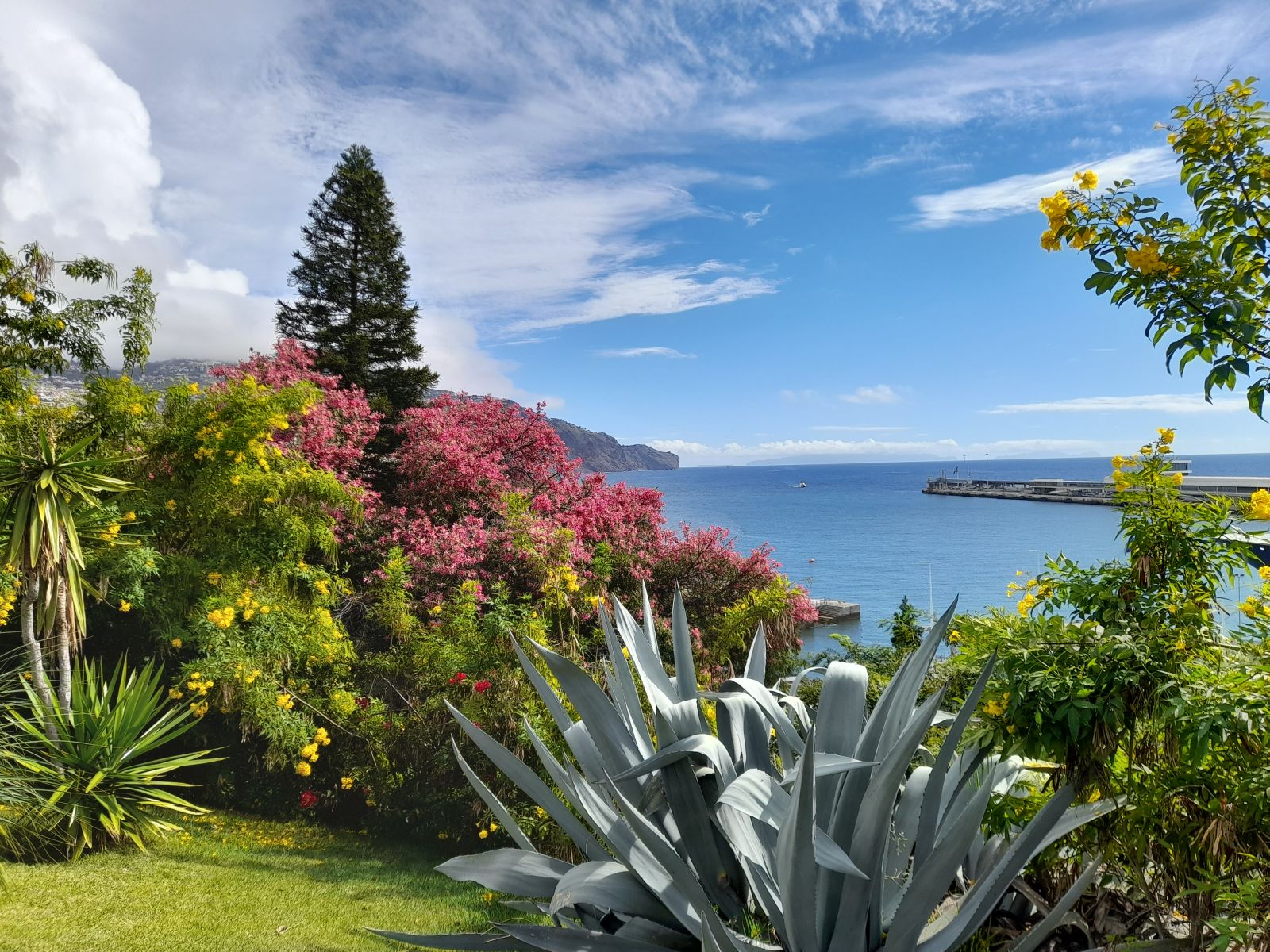
Here is our first article on the island of Madeira.
It stuck us so much that we want to tell you everything, so there will be several articles, at the rate of 1 per week, 1 every Saturday from today, January 7, 2023.
This first article is an introduction, we sweep you over the most important points of its history, its geography and its flora and fauna. Botany is unquestionably one of its most important characteristics.
A. HISTORY GEOGRAPHY
The Archipelago of Madeira is made up of four islands lost in the center of the Atlantic, at the level of Africa.
.jpg)
source Google MAP
Madeira and Porto Santo are inhabited so Deserta Grande and Bugio constitute a preserved nature reserve. It is part of Macaronesia with the archipelagos of the Azores, the Canaries and the Cape Verde Islands.
.JPG)
Located beyond the columns of Hercules, beyond the reach of knowledge, this entity corresponded to the kingdom of the dead in antiquity. Some interpretations of Plato's Timaeus and Critias place the location of Atlantida, this mythically sunken land, there.
No wonder we find delicious water there that reminds us of this dark side of history.
.jpg)
In Madeira, water is essential, generated mainly by the transpiration of the Laurisilva, the primary forest in the north of the island, classified as World Heritage by Unesco. It is the largest surviving primary laurel forest. Other fragments are found in the Canary Islands and the Azores.
.jpg)
source whc.unesco.org
This water, an essential element for life, a true gift of nature, is carefully transported to places of culture and habitation by the Levadas, a link for many walks.
.JPG)
.JPG)
The water rushes down the mountain sides, threads and filters through an exuberant nature.
.JPG)
And then man accompanies it, since the 16th century, outlines canals for it, routes it in pipes, so many paths maintained, revised, monitored so much it is precious, fresh, rich.
.JPG)
He even digs the rock in tunnels, over several kilometers, and crosses the mountains.
It is also thanks to it that more than 70% of electricity is produced. In Madeira, energy is green and has been for centuries.
B. FLORA and FAUNA
Madeira attracts nature lovers and especially plants ones. It is plural in its diversity. A garden island per excellence, it is exuberant.
The south side, prized by man during his installation for its stable and mild climate all year round, has steep, landscaped and cultivated sides. As is often the case, man has deforested to better settle. It eroded the soil generating real risks of collapse.
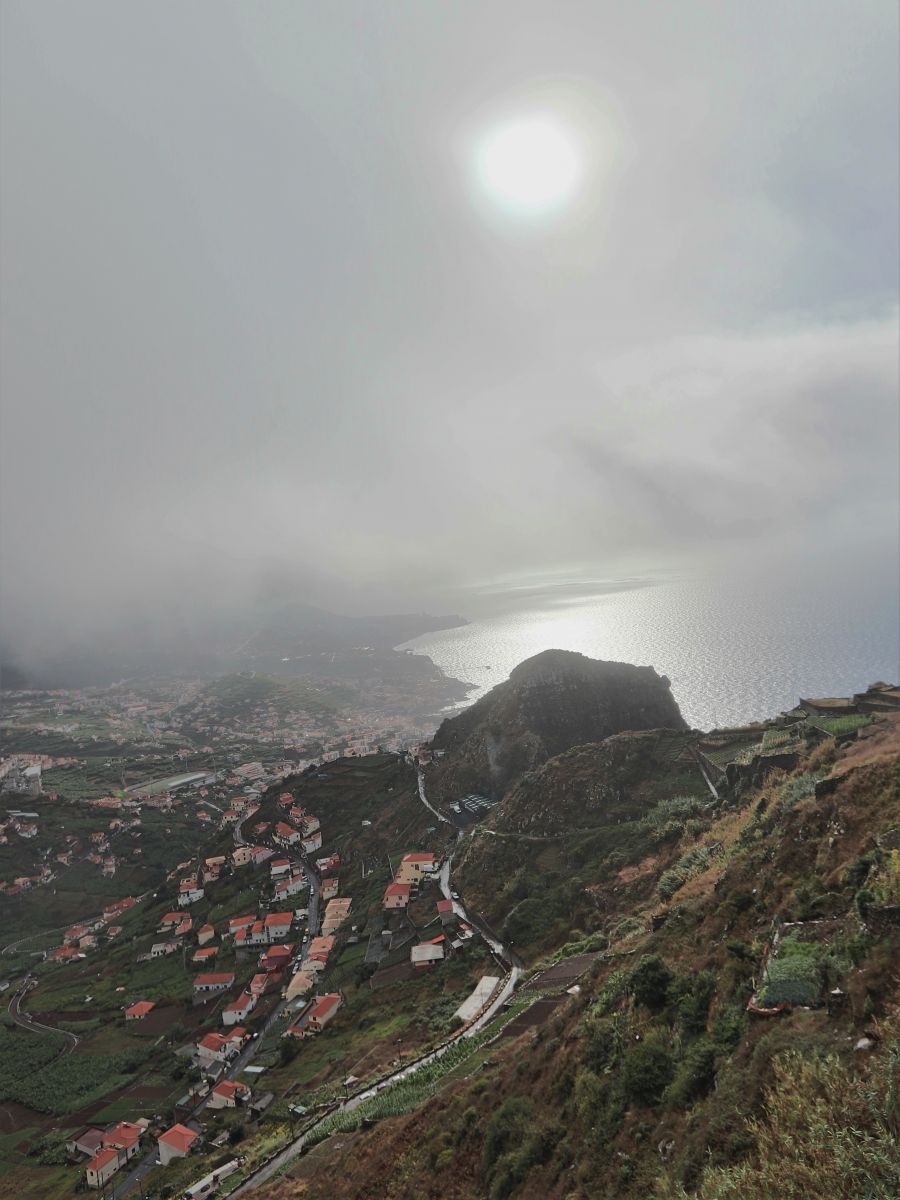
Fortunately in Madeira, it recovered early enough not to desert the island. There was an urgent need to stabilize the soil, under penalty of seeing all the efforts thrown into the sea. So, rather than letting nature take its course, which he considered too slow, he replanted a mass of robust, vigorous plants, such as Eucalyptus and Acacia. The entire south of the island is now invaded.
Eucalyptus globulus andAcacia mearnsii
When it rains a little (it never rains a whole day in Madeira), the whole forest turns into a place of intense aromatherapy. The vapors that emerge are captivating.
In winter, it is the acacia mimosas that take over for our enchantment with their subtle fragrance.
But this imported nature is terribly invasive, growing so fast that it leaves no room for native species. The South side is definitely transformed, beyond repair. This is why Madeirans persist today in preserving the peaks and valleys of the north unscathed. This is where we find the Laurisilva, one of the oldest primary forests in Europe.
We find there the Laurels, pines, Ulex, ferns
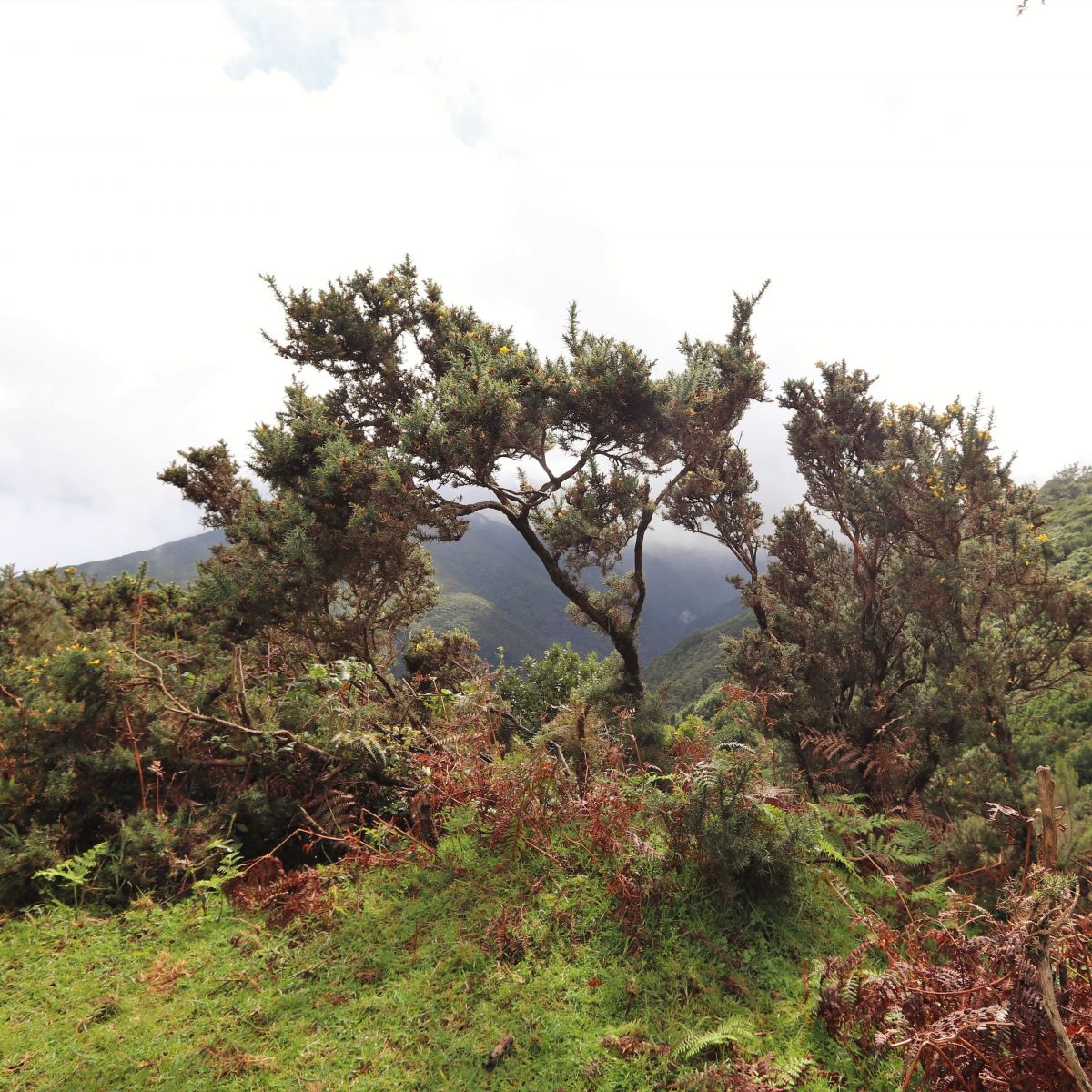
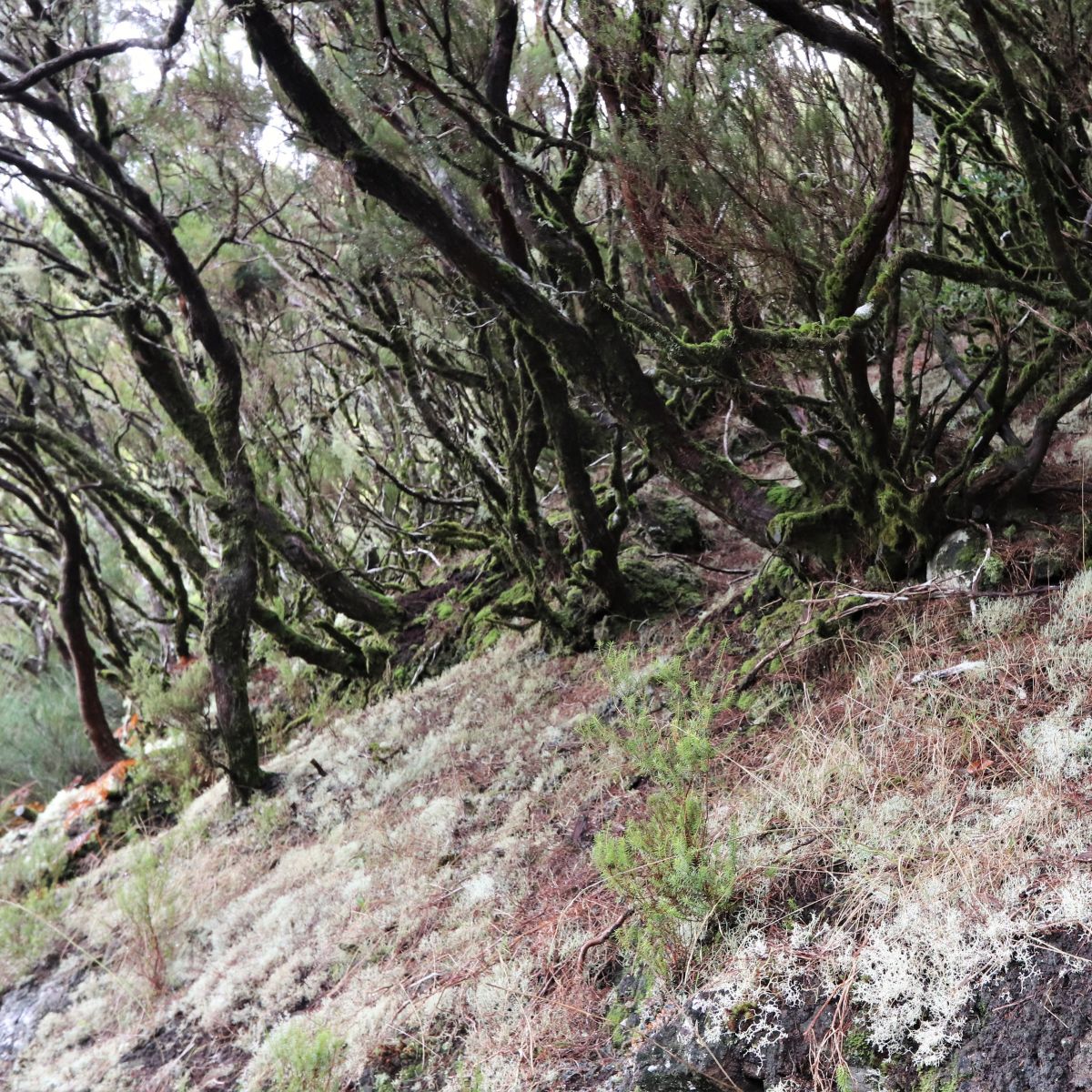
and also endemic blueberries: the vaccinum padifolium. They are larger and elongated, carried by real bushes 2m high. More acidic, their taste is less pronounced than that of our continental blueberries.
.JPG)
In Madeira, the largest endemic animals are rabbits, bats or pigeons. Today, there are also dogs, wild pigs or cows that come to graze peacefully on the heights. They have been introduced.
Did you like our article? you can already read on! just click on the links below:
Read our second article on Madeira
Read our third article on Madeira
Read our fourth article on Madeira
Read our fifth article on Madeira
Texts : GiiN WEB copywriter 2023
Photos : Bénédicte and Laurent from Jardins du Florilège 2021-2022
.JPG)
.JPG)
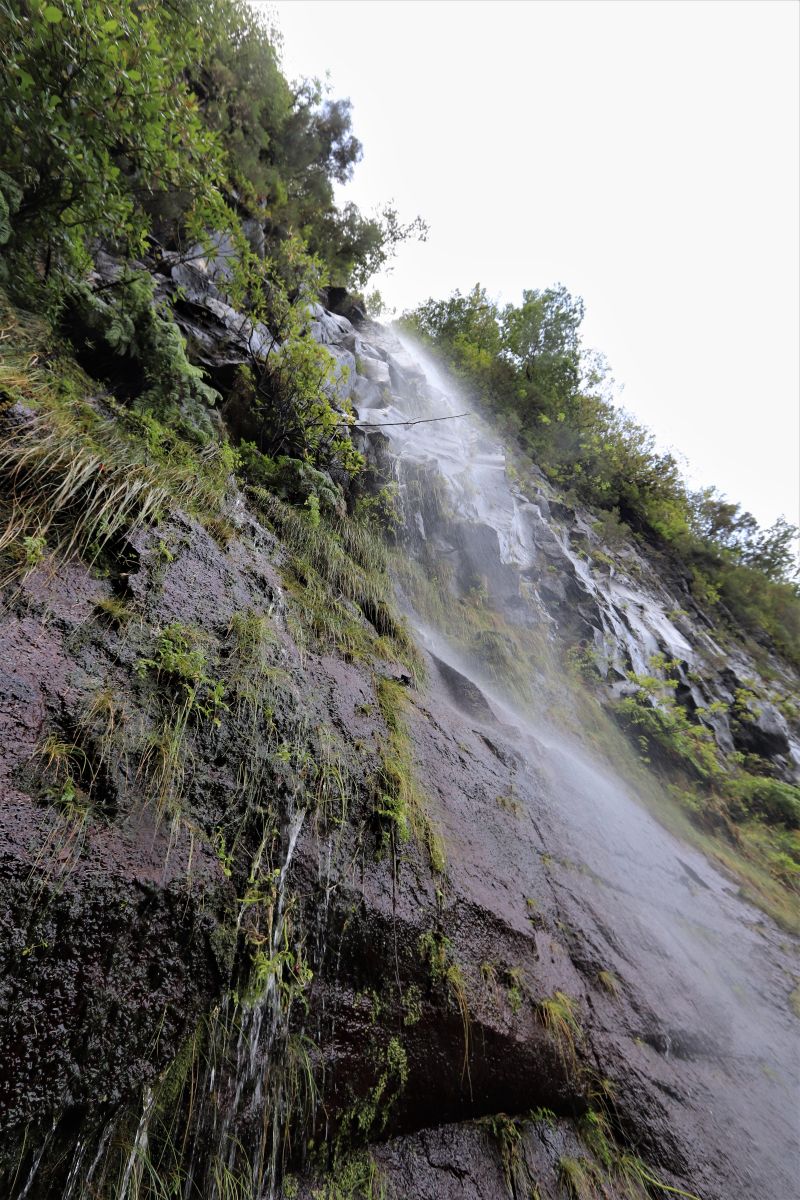
.JPG)
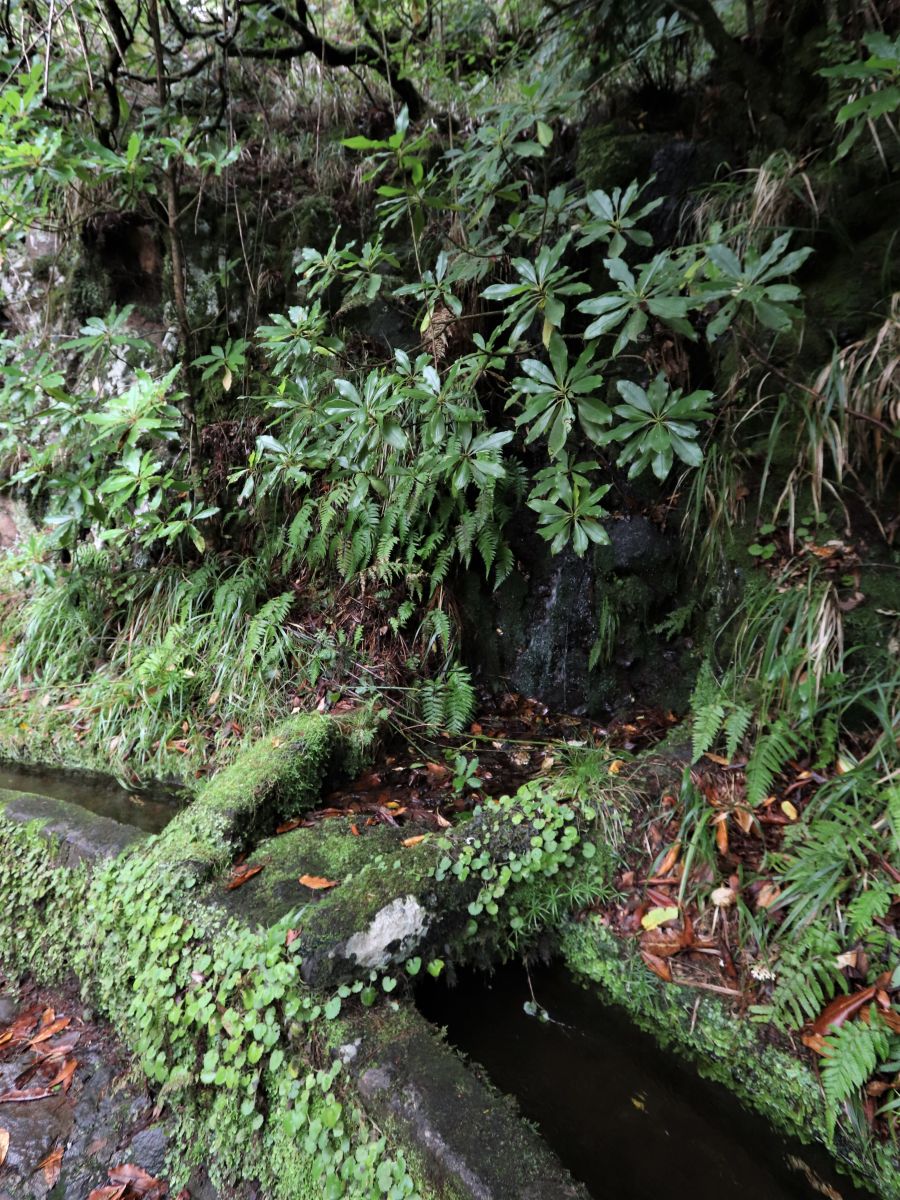
.JPG)
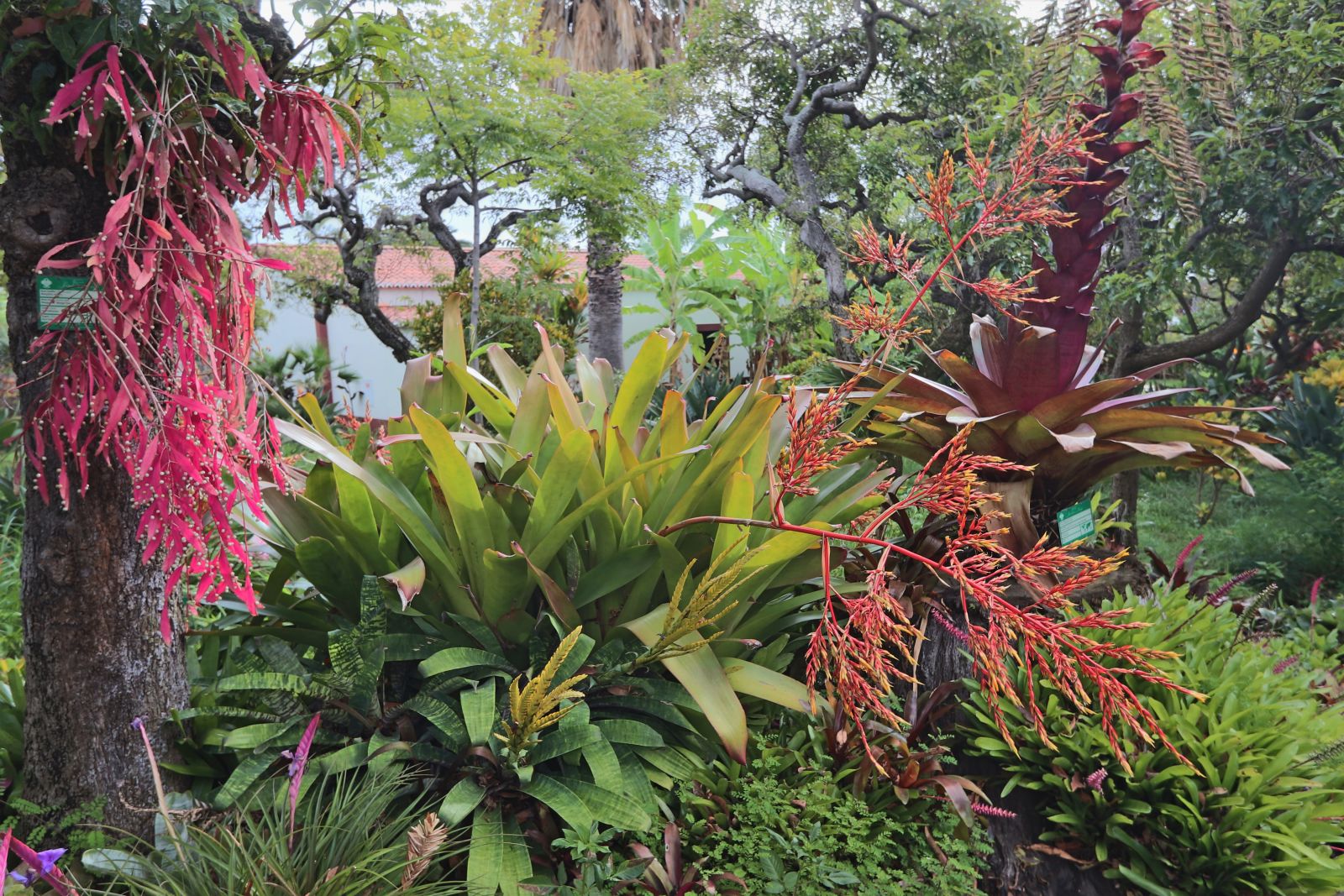

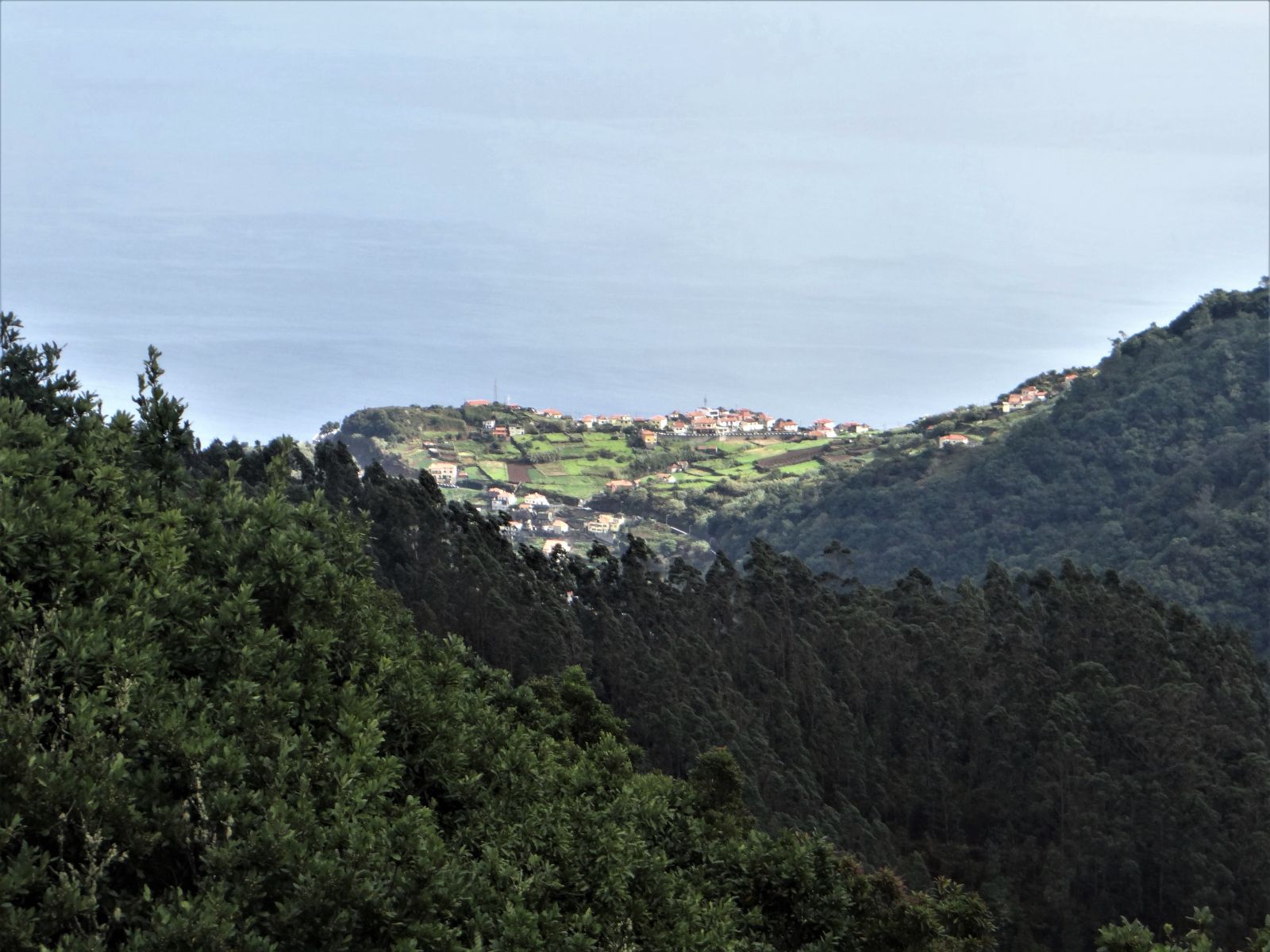
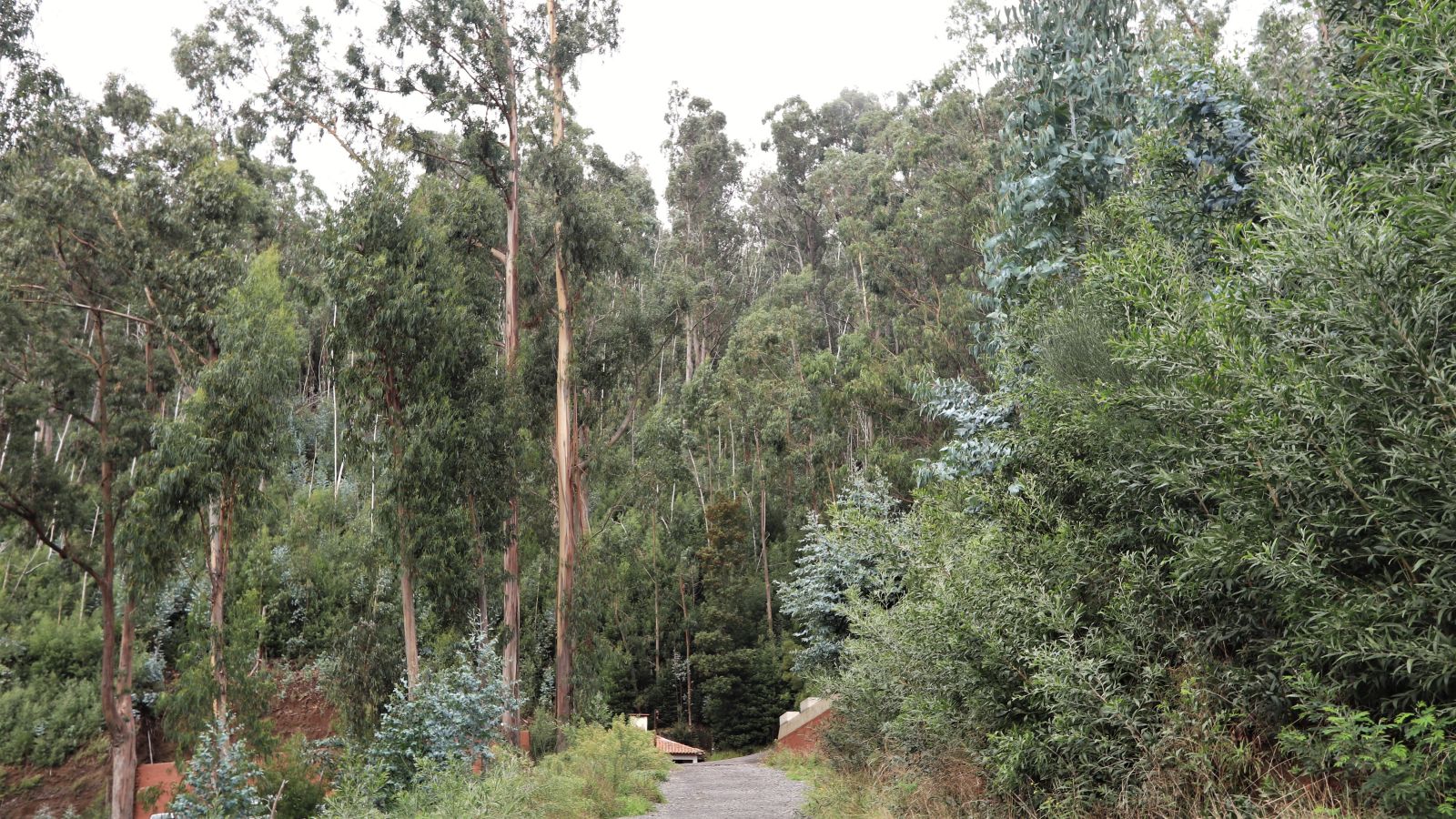
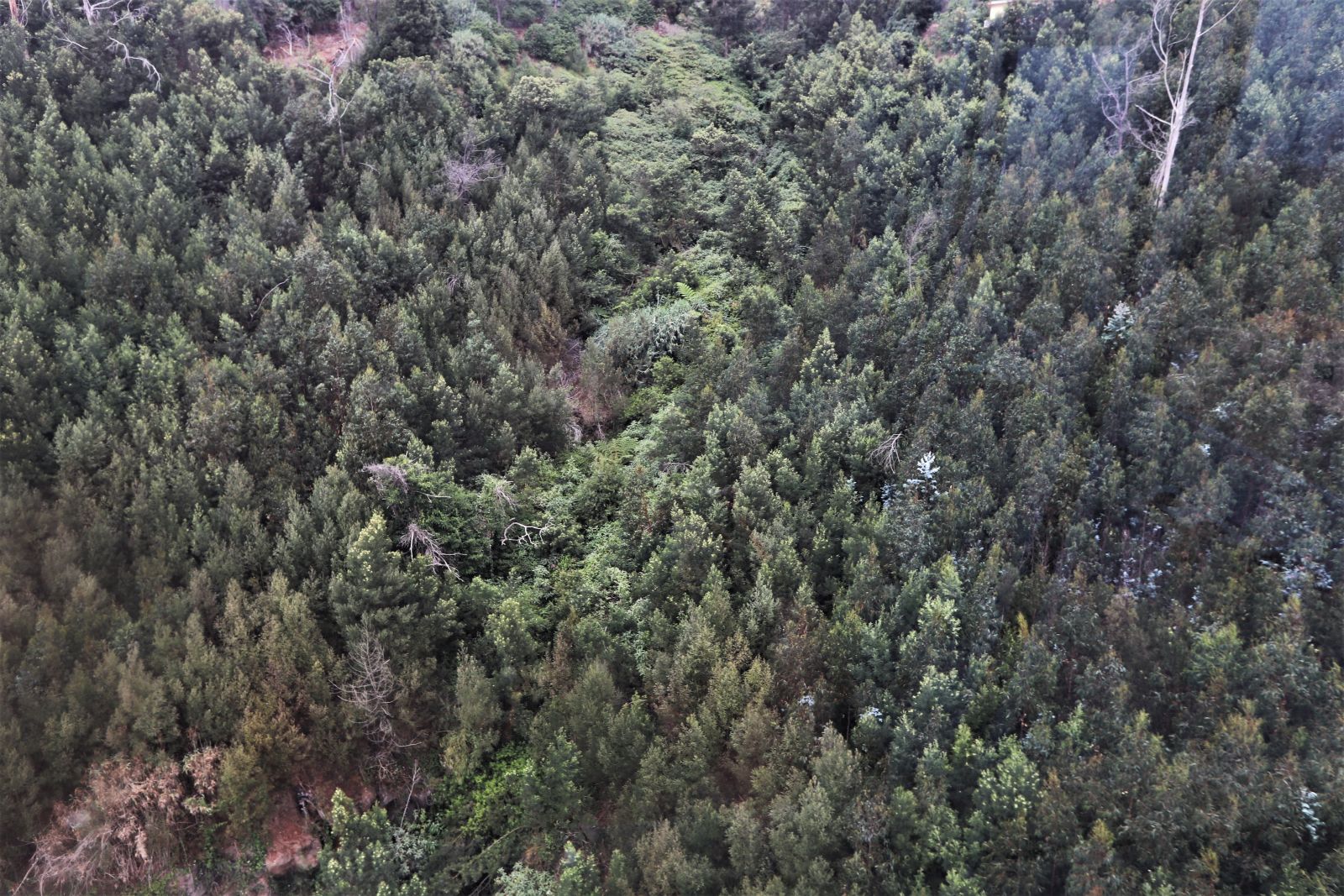
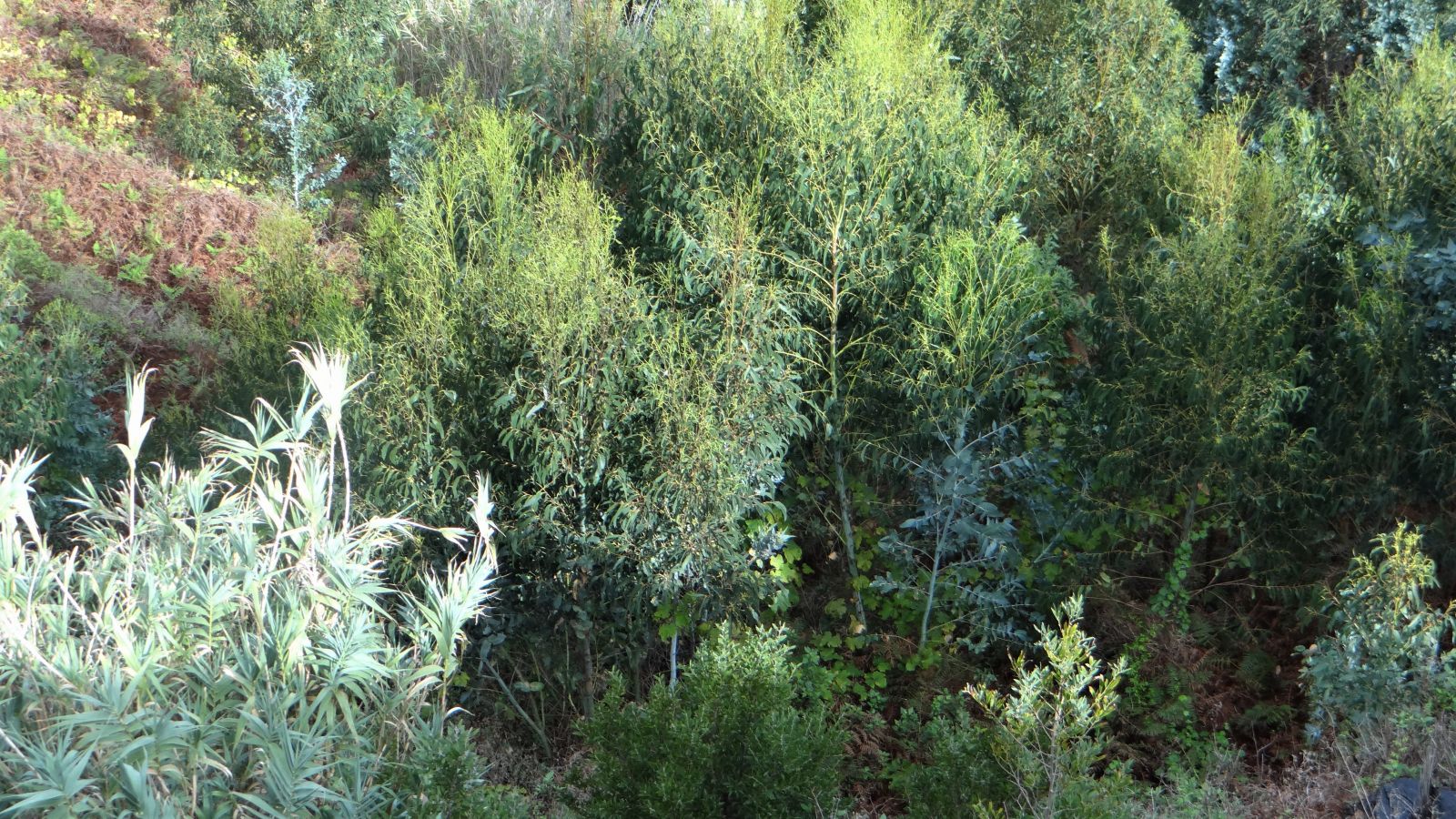
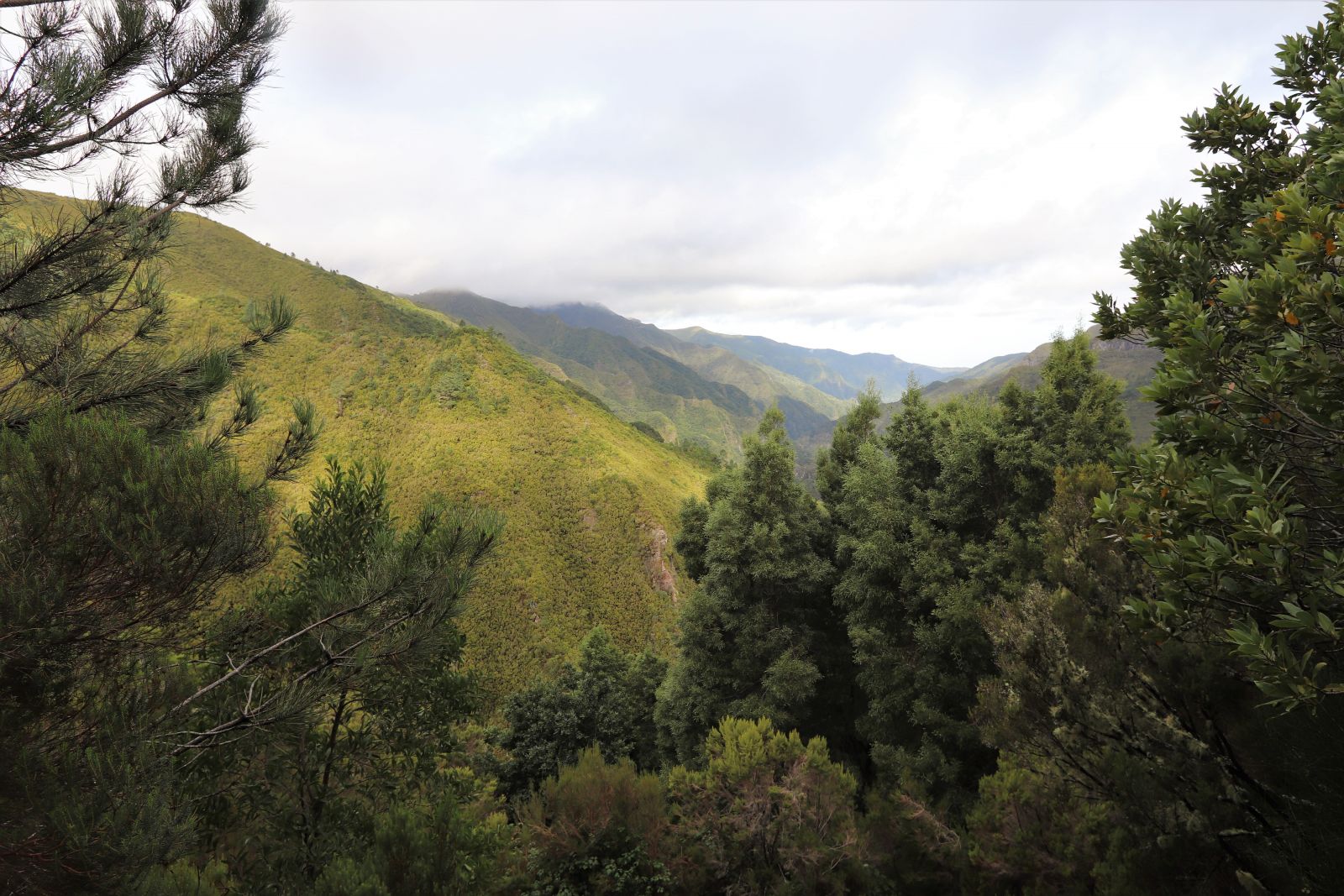
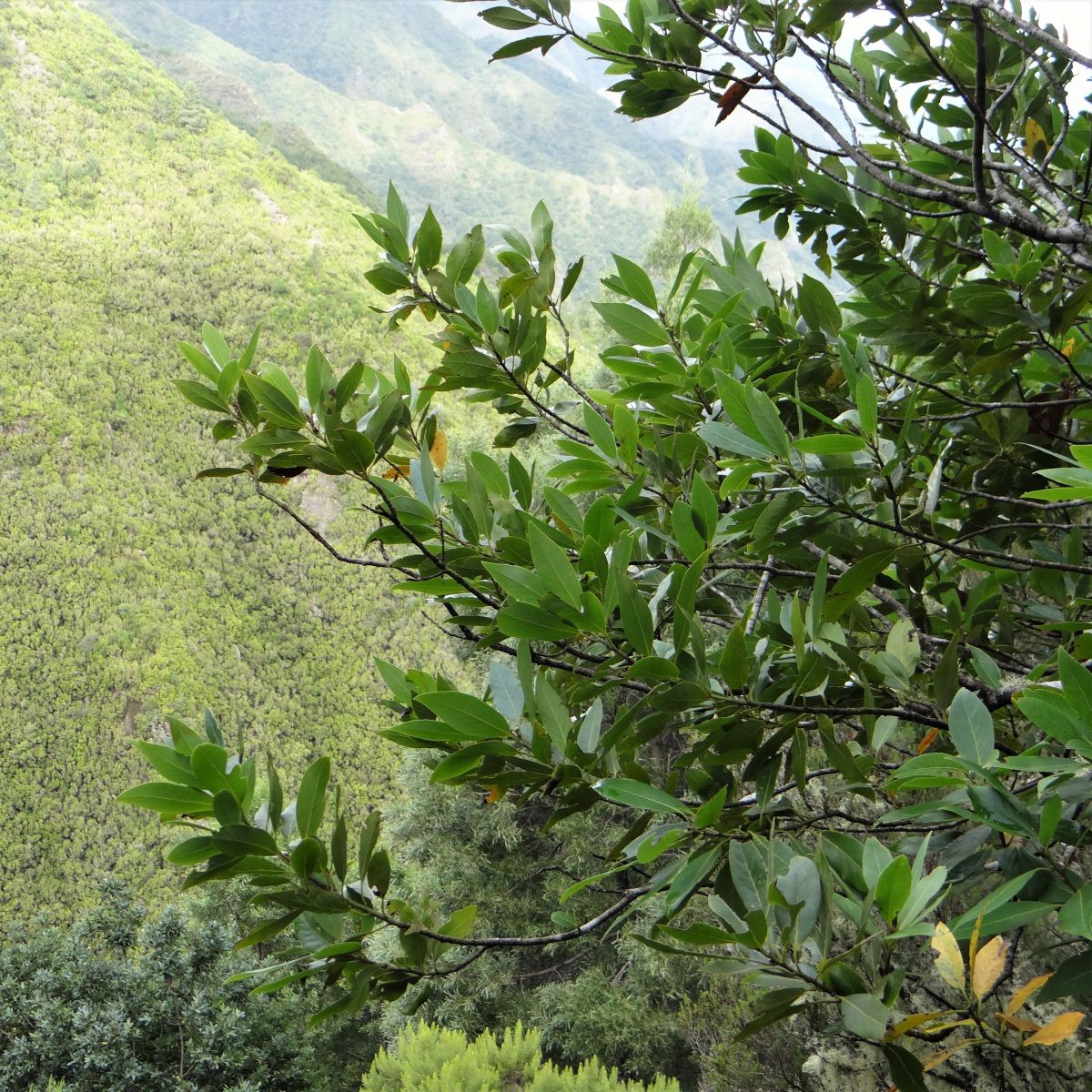
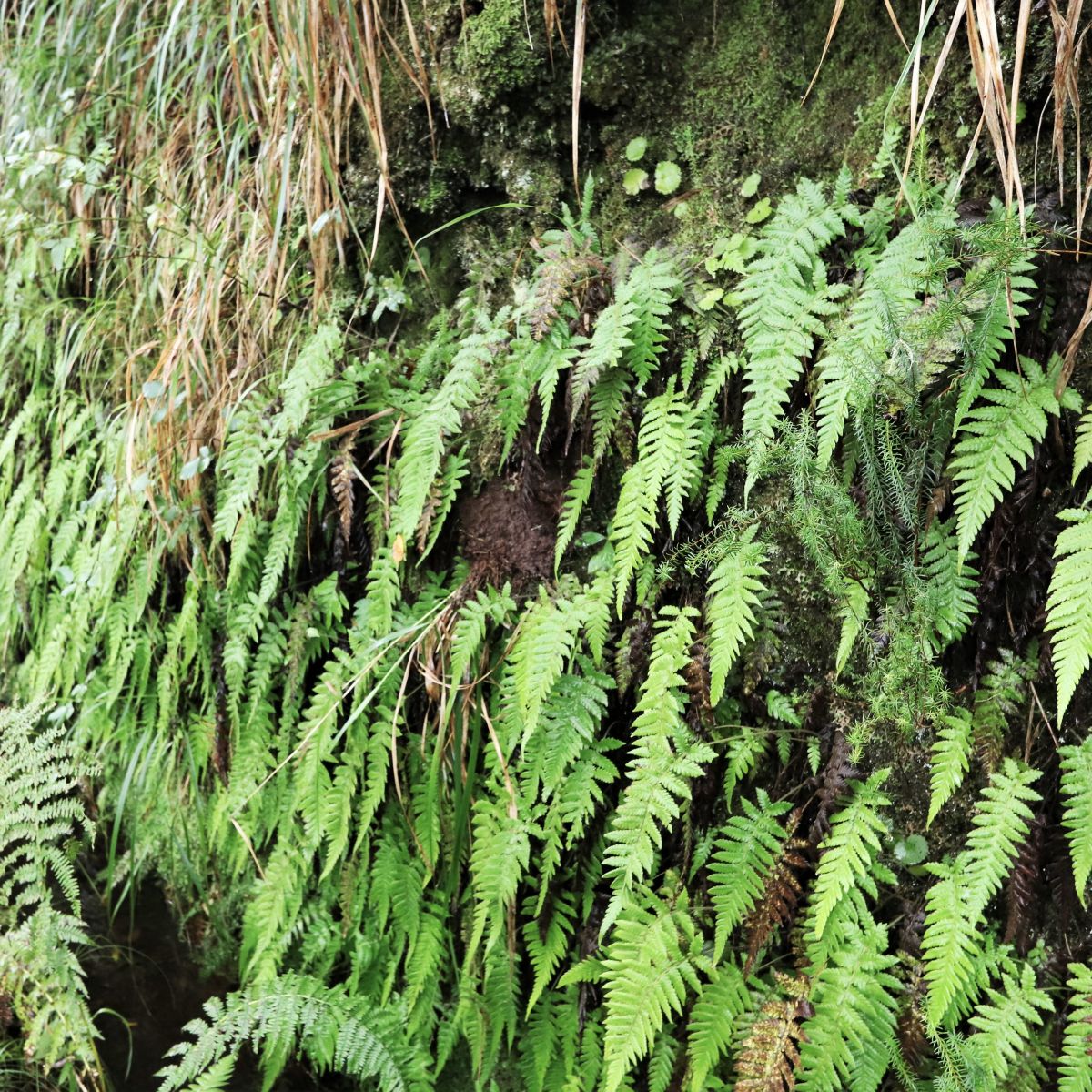
.JPG)
